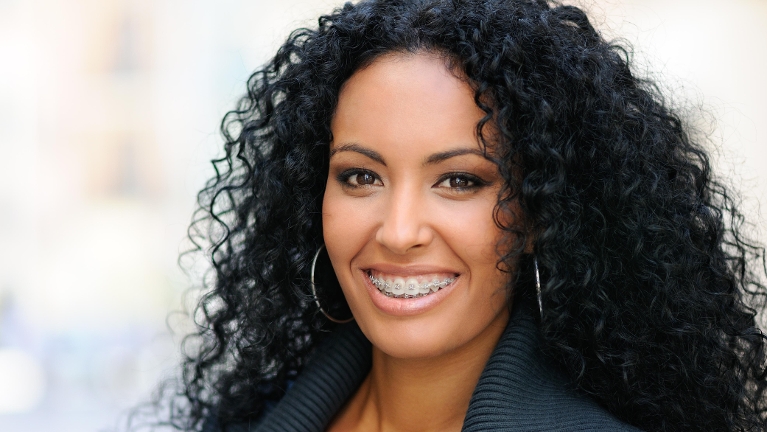
The next time you pick up the new aligners for your clear braces from your Kew East dentist, you might consider the history of orthodontics—and just how far it’s come since the days of the ancient Egyptians and their search for the perfect smile.
Orthodontics in the Past
Archeologists have found rudimentary orthodontic-like appliances in mummies, probably fashioned out of catgut. There is further evidence some years later that Etruscan women used a gold band around their teeth to protect them from shifting in the afterlife. During Roman times, it was recommended that people try to push their teeth into proper alignment with their fingers.
There was little in the way of what we know of today’s modern orthodontics until the 18th century when Pierre Fauchard, generally considered the father of modern dentistry, invented a dental appliance intended to correctly align the teeth. He also attempted surgical procedures wherein he forced the teeth into proper alignment, then tethered them to each other to get them to stay.
Orthodontics in the 20th Century
Fast forward to the 20th century when the man dubbed the Father of Modern Orthodontics, Edward Hartley Angle, scientifically identified malocclusion and begin to treat it with a series of orthodontic appliances.
Before the 1970s, metal braces were in use, but the wires were wrapped around the teeth rather than anchored to them as they have been ever since.
Today’s orthodontic patients have more options than ever before, from traditional brackets and wires to lingual braces (that fit on the insides of your teeth) and invisible braces. Whatever your age or your lifestyle, you don’t have to live with misaligned teeth if you don’t want a mouth full of metal.
Talk to your Kew East dentist about your options for orthodontics. Our dentists can discuss treatment options based on your goals—and your lifestyle. We offer traditional orthodontics as well as Invisalign clear braces.

